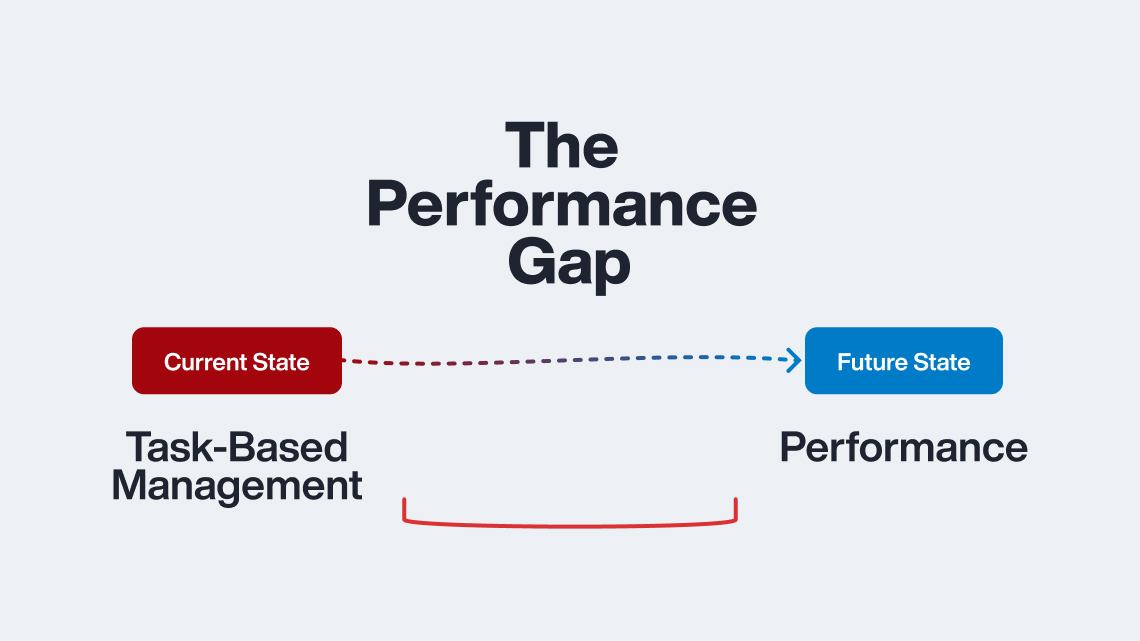Published on October 9th, 2018
By Elizabeth Millar
Whether you’re thinking of upgrading your current properties or expanding to new development, you may want to consider thinking green while making construction choices. By avoiding depletion of natural resources and maintaining an ecological balance, humankind can ensure that life on Earth will continue to thrive. The only way we can do this is to live more sustainably in every aspect of our lives. We can start by making our current homes more eco-friendly through easy green home improvements.
As the population proceeds to expand, so does the construction industry which can have a significant negative impact on the environment. The best way we can improve sustainability in construction is through “conscious” construction. By adapting to green building, we have the power to encourage positive, lasting changes. It might not always be possible to build a 100 percent sustainable home, but we have the choice to do so 100 percent consciously.
How Can We Build Consciously?
There are many building and improvement techniques available today which offer a more eco-friendly approach. Our primary goal should be to put these techniques to work in our building process.
We can build more consciously by following these tips:
- Using the locally sourced natural product to help minimize the carbon footprint that comes from importing and transporting products
- Adding additions to our homes that will allow us to produce the majority or all of the heat and power as well as water
- Making use of recyclable materials will minimize the need to manufacture new products
- Adapting to inventory control methods and protecting materials from damage will contribute to the reduction of waste
- Through the production of materials or the home itself in a manufacturing environment which will eliminate visual, sound and physical pollution while conserving the site
When it comes to the construction of sustainable housing, there are certain energy-efficient home design principles which need to adhere. Those principles include insulation, air quality and heating and cooling.
Types of Modern Eco-Friendly Buildings
Conventional homes and buildings can be built more consciously through specific methods and techniques. However, today there are a lot of modern homes that are specially designed to be eco-friendly:
1. Passive Solar
These constructions are super insulated and use the sun to generate heat which gets stored for as long as possible. This heat can be applied to keep the home warm and can be used for specific appliances.
2. Earth Sheltered
If you are looking for a building or home that will keep warm all year round, then the Earth Sheltered Home is the way to go. They are dug into the side of a hill or have earth piled up against the walls.
3. Modular
These type of homes are built in the factory. Whereafter they are transported to their location, and the builder assembles the house on the site. The building process indoors allows for the utmost eco-friendly construction methods and the end product itself is significantly energy-efficient.
4. Insulated Concrete Form
Insulated concrete form homes are energy-efficient, air thigh and their construction time is fast. The frame of the house is made from interlocking blocks that fit together. These blocks are premade forms which are made from concrete that is poured into molds.
5. Containers
If you want to cut out the building process altogether then a container home is the way to go. These constructions are made from shipping containers. The traditional building materials are excluded which makes these type of houses an excellent eco-friendly choice. Insulation is possible for container homes, and they can be designed to look less like a container.
These are just some of the eco-friendly building options available when you’re making improvements or involved in new construction. In most cases, custom eco-friendly homes might be more expensive than conventional homes, but after factoring in the cost savings of the energy, you will realize that it is not very much of an added cost. Once you are aware of the sustainable building options out there, you can make a conscious decision to find the most eco-friendly building technique that will meet your requirements.
This post was provided by Matthew James, freelance writer specialized in home improvement, smart technology, architecture, and design. You may contact Matthew via Facebook and Instagram.











Erika Brady
—
I like that you explain how insulated concrete form provides efficiency and fast construction. Knowing the benefits of the various building materials would be useful to figure out which one to use for your home or any other type of project you’re working on. This could also help you find the right provider for the building supplies so that you can get the materials and products you want so that the work can be done correctly.